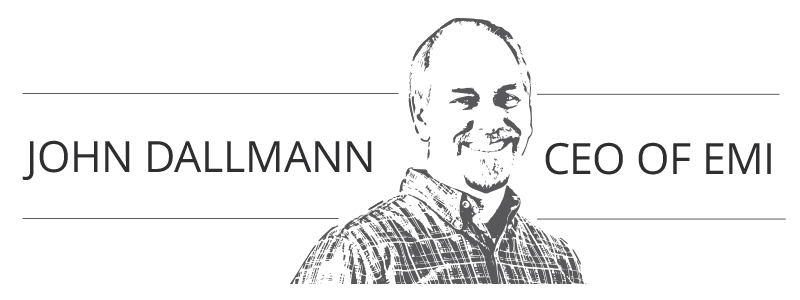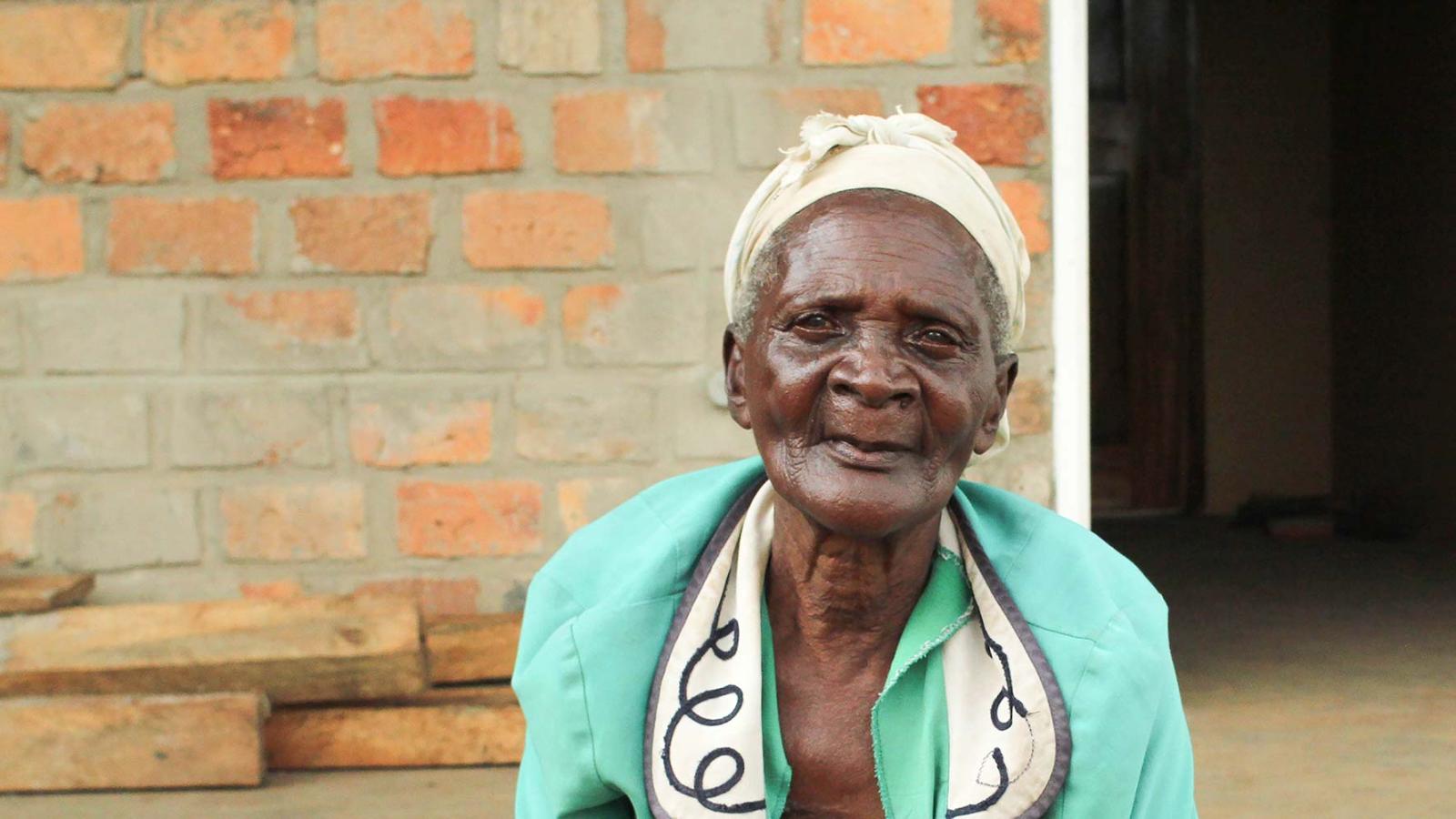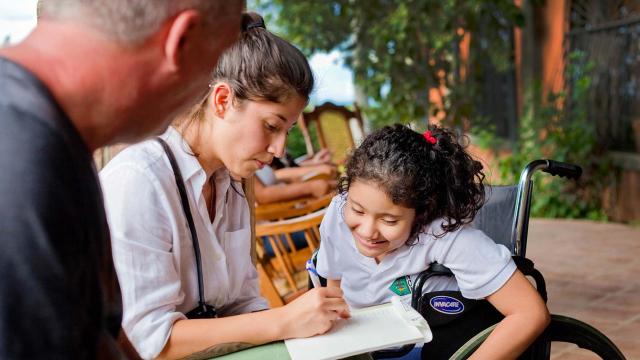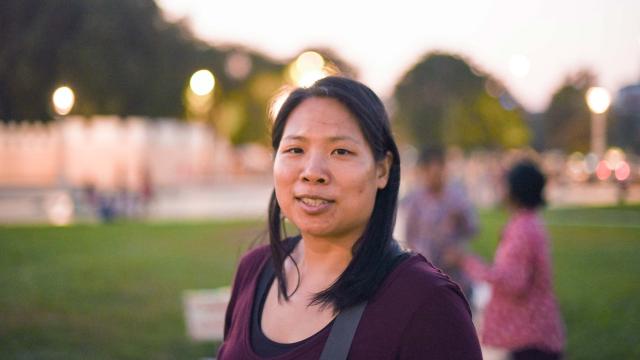Newsletter, Spring
"People restored by God and the world restored through design."
A vision statement describes the desired end-state — the long-term impact and change everyone is working toward. Last year, EMI’s vision statement was refined to bring better clarity to what we are aiming for. "People restored by God" EMI is involved in architectural & engineering design and construction management, but we realize that buildings and structures exist for people. To us, they exist to facilitate the ministry and the advancement of the Gospel. So people are the focus, and their greatest need: restoration. We all need restored relationship with God, others, creation, and with ourselves. This is our ultimate hope for every person. "The world restored through design" We take the words of Jesus in Matthew Ch. 6 seriously when He prays “your kingdom come, your will be done, on earth as it is in heaven.” The world desperately needs God’s Kingdom to shine in our lives right here and now. What we create as designers becomes a conduit to bring a touch of heaven and hope to a hurting world. We truly believe we are designing a world of hope.
Caring for seniors in rural Uganda
Sitting in the assembly hall of a Village Outreach Centre in Magoggo in the middle of our project trip, far removed from our team house in Mukono and the clutter of our design process, I got a dose of reality that made the purpose of this trip crystal clear. Facing a room of nearly a hundred elderly men and women, for the first time since arriving in Uganda I truly understood what ROTOM is about. The words "empowering older persons and their dependents, through the love of Jesus Christ, to attain a better life ..." were brought to life in them. ROTOM has been pioneering geriatric care in Uganda since 2003. God inspired this vision through two little girls who didn’t make it into a Compassion International support program. The Compassion staff member who could not enroll them mentioned it to her husband, and together they decided to bear the cost of sponsoring the girls who were living with their grandma. Their grandma had lost every relative who would have cared for her and now bore the responsibility of raising a five and seven-year-old on her already frail shoulders. Their visit to this family set the ball rolling for ROTOM. Like this beginning, the ministry still operates by literally reaching out to the aged one at a time. ROTOM sees the elderly as individuals, recognizes the severity of their physical and emotional destitution, and then takes action to make their lives better. About 700 seniors in rural Uganda are now registered in the program along with 300 of their dependents. In 2007, EMI responded to ROTOM’s need for a master plan and preliminary architectural services. EMI designed an administrative building, a health centre, a hospice, a staff hostel and residences. Final plans were prepared for the administrative building and health centre, which were built as Phase 1 of the site development.
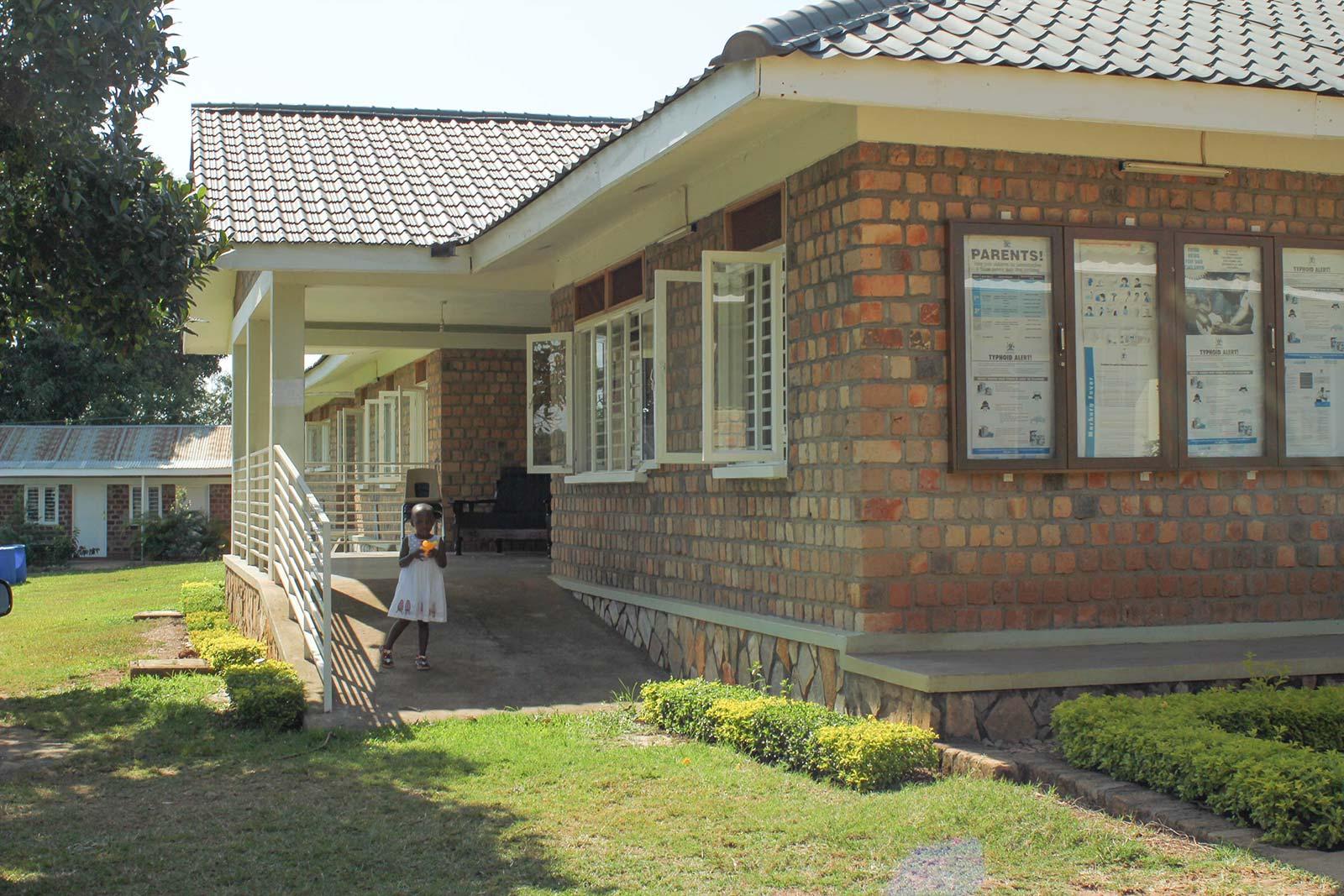
The true value of ROTOM’s work could be seen in the eyes of seniors as they tried to explain the depth of their gratitude for the existence of this place. They are effusive in their thanks when mentioning solar lamps, mattresses, clean drinking water, a good meal, the installation of toilets, basic survival lessons, the camaraderie with other seniors, and having the Gospel shared with them. They gush about being pampered when they visit the EMI-designed health centre. Previously they stoically suffered through ailments because medical attention is prohibitively expensive for them, or because what ails them is often dismissed out of hand with a casual ‘you’re just old’ diagnosis. However, the ROTOM staff and doctors take time to listen to their account of ailments, and diagnose and treat them. Thanks to ROTOM’s Seniors Friendship Program, this care is provided at no cost to the seniors. Sometimes a senior comes to the health centre with a challenge that is beyond the scope of ROTOM’s health centre. When that happens, ROTOM doesn’t just refer the patient to a specialist somewhere out there. Insead, they take ‘Jaja’ (a Ugandan moniker somewhat akin to ‘granny’) in hand like a favourite grandparent, and seek out treatment. The frequency of this occurrence is what has spurred this second phase of the ROTOM vision: Growing the health centre into a geriatric hospital with basic radiology and capacity for light surgery.
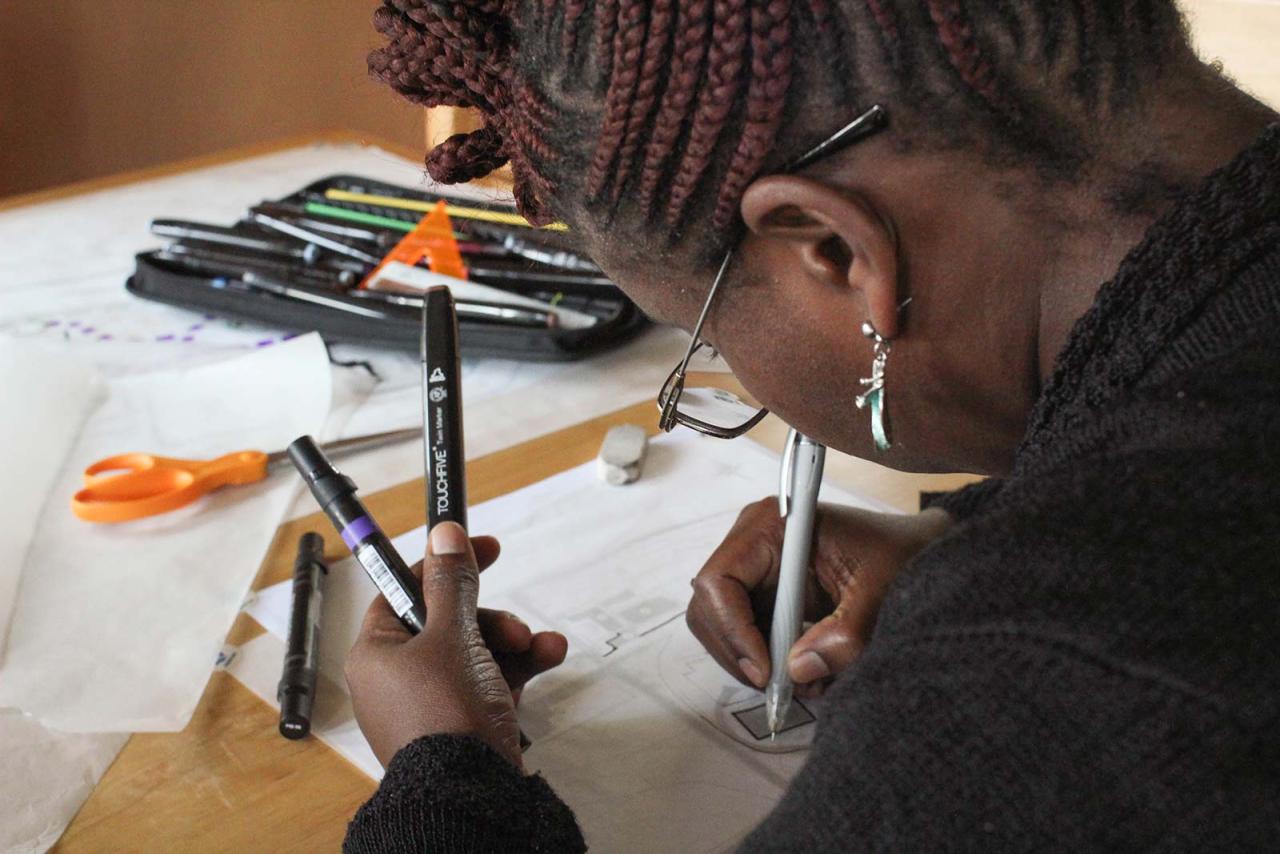
At the end of the week our team had put together an expanded master plan for the ROTOM property, architectural design for the inpatient wing of the health centre, as well as the engineering for support infrastructure to address water, sanitation, and electrical needs. God put together a team of strangers who very quickly morphed into a kind of technical family to accomplish this task. Each one of us was clay in the hand of the same Potter who was working in and through us to get His will done.


